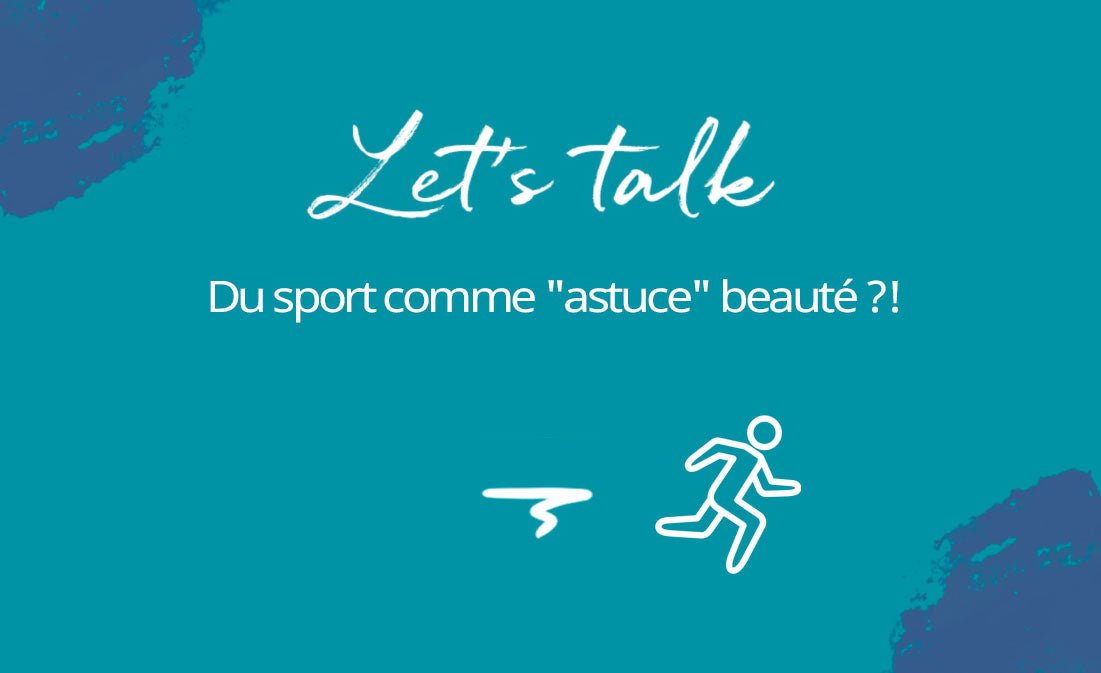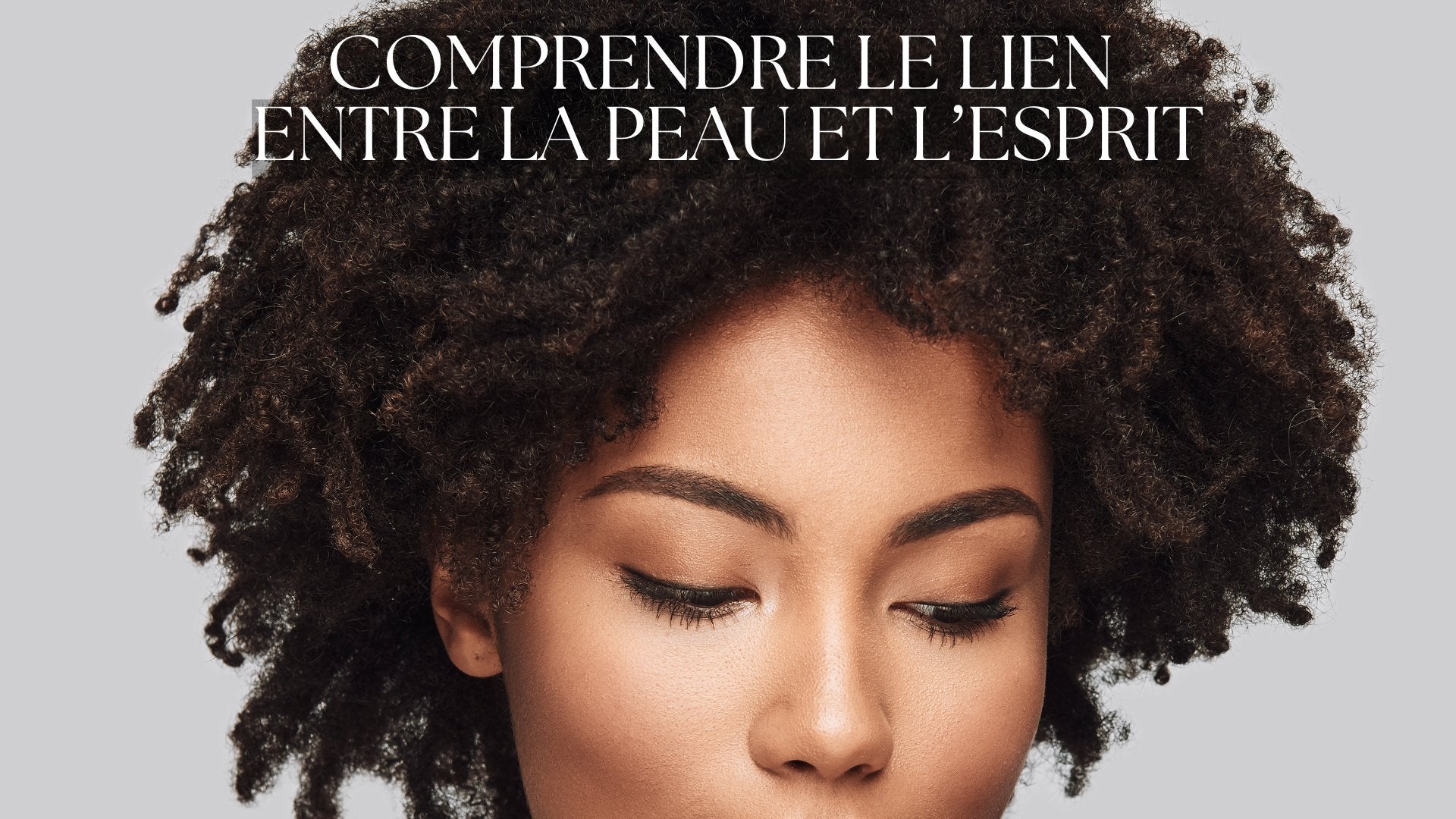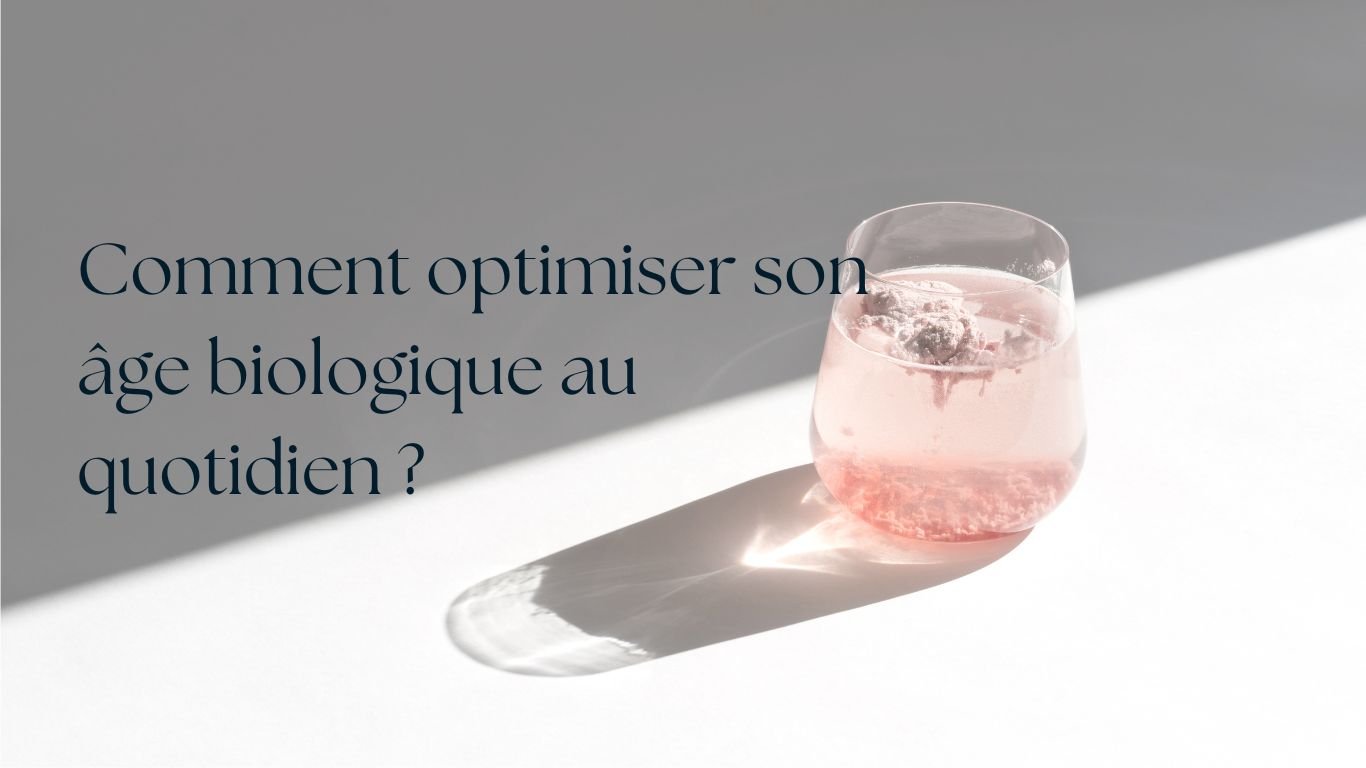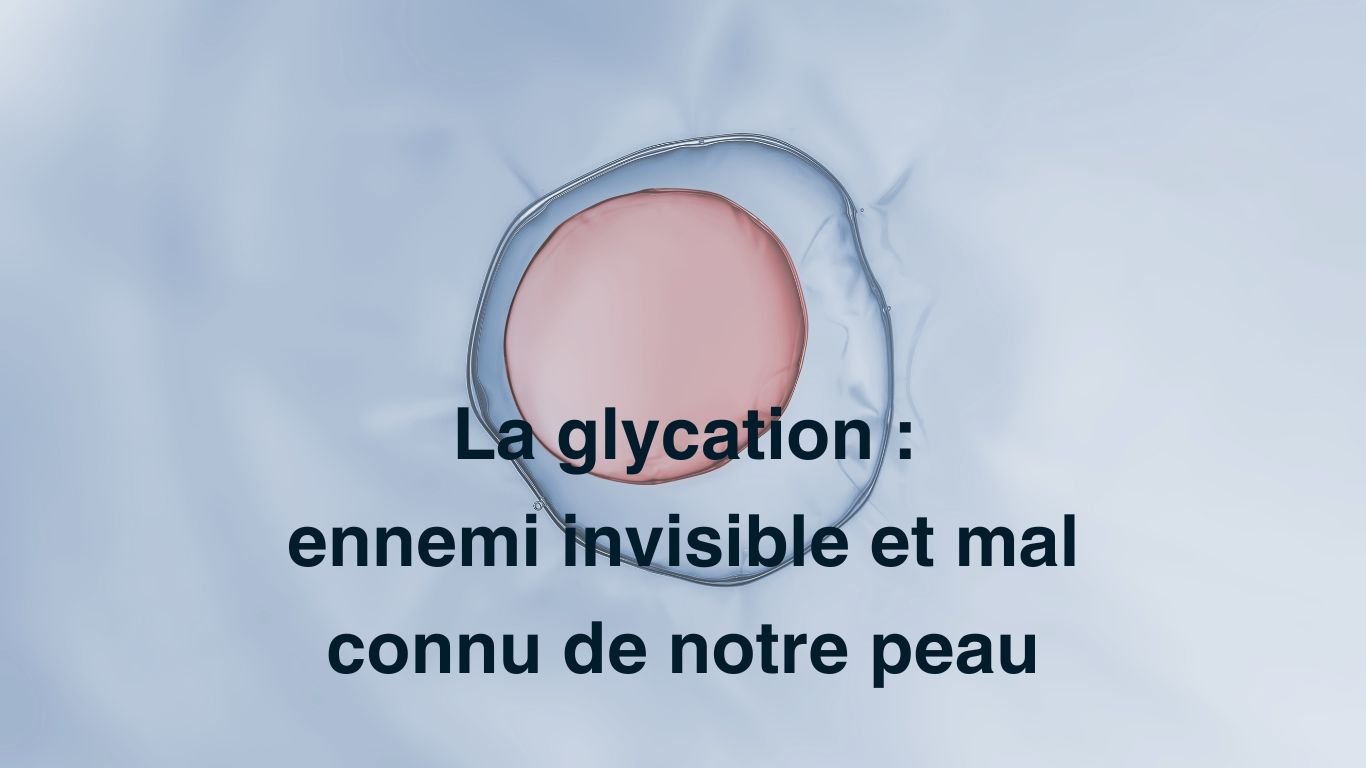Does playing sport directly impact the quality of the skin?
Integrating itself more and more readily into our health routines, sport has continued to gain popularity over the last century to become one of the common places during medical visits.
But beyond the advice given by your doctor, sport has recently revealed new facets in the light of certain scientific discoveries.
Without doubting its benefits, some point to its impact on the rate of aging and even on the quality of the skin.
Faced with advice that goes almost against the grain of public discourse, how do you decide on the frequency, type and intensity of your physical exercises?
Furthermore, would this mean that lovers of endurance running and performance sports should abandon their favorite activity?
Rather than making peremptory declarations, the MyPureSkin team invites you to explore the links between sports practice and skin care, in order to make your own choices, including with regard to nutritional allies capable of reducing skin problems. .
Sport and skin: links written in your genetic code
Far from being new, physical exercise is an essential element of our daily lives, as archaeological discoveries from the most ancient eras reveal.
Living essentially on his hunter-gatherer skills, Early Man is a creature that practices stalking. Capable of mobilizing its body for entire days, it demonstrates exceptional endurance, which guarantees it an evolutionary advantage over certain animals capable of running very fast but only for short periods of time.
It is therefore in the genetic code contained in our cells that the key to healthy physical development is hidden.
Indeed, a sedentary lifestyle, the consequence of a combination that is as comfortable as it is dangerous for our health, is the basis of the diseases most commonly encountered in the context of aging.
If the agricultural, industrial and commercial revolutions have enabled a "quality" of life on a planetary scale never equaled in the history of humanity, our body does not seem to exactly adopt the same point of view.
Physical exercise, a factor in skin hydration?
In a study published in 2021 by Oizumi Ryosuke's team (1), we discovered that chronic physical exercise would contribute to better hydration of the outermost layer of the epidermis, which implies that the skin does not It is not naturally optimally hydrated in the absence of sufficiently sustained activity.
Considering such data, one might think that sport only offers benefits to the skin, but the reality is a little less clear-cut.
Intensity, a relative factor in the appearance of certain skin diseases?
We note in the conclusions of another older study (2015) carried out by Jason Emer and his colleagues (2) that, for some people, sport can lead to the appearance of more or less serious skin problems. .
Emer even explains that, in the case of intensive sports (especially with regard to athletes), physical activity becomes an important skin risk factor.
What is striking, moreover, is the relative nature of the notion of intensity. Indeed :
- The same level of physical activity may be considered much more intense depending on a person's gender, age and phenotype (their physical characteristics);
- The body's response to cumulative intensity (i.e. high frequency of intense physical exercise) varies greatly from one individual to another;
- The resulting skin problems take a very variable time to resolve (when they are not chronic) depending on the subject considered.
These observations lead to the conclusion that without a common denominator, it is difficult to find advice that applies to everyone. Ultimately, the only real advice is the trial-and-error approach. In fact, it is a question of continuing to practice physical exercise with periods serving to approach our physical limits with a moderate frequency.
Furthermore, the loss of skin quality is not only explained by too much or too frequent mechanical stress but also by the biochemical reactions taking place in the body during a sports session.
Could sport be responsible for greater oxidative stress?
It is when reading the conclusions of studies such as that of Scott K. Powers and his team, published in 2020 (3), that we glimpse the complex impact that sport has on the skin.
The conditions in which physical activity is carried out seem to play an important role in the management of oxidative stress (one of the main factors of premature aging and deterioration of the skin at any age).
We discover in particular that it is the contraction of muscles during exercise which leads to the production of free radicals. These, which can become too numerous, spread in such a way that the body struggles to neutralize them.
The internal organs and the skin are then affected, unless the body mobilizes active ingredients capable of neutralizing them.
Nutrition, a universal ally in the face of skin damage
This is among other reasons why we use nutritional principles to improve recovery after a sports session.
In general, we recommend observing a certain discipline involving:
- Promote appropriate recovery exercises: stretching, (self-)massage, sequences of movements aimed at distributing tension, etc.
- Maintain adequate sleep (quality and quantity);
- Control your diet;
However, of these three criteria, the last two are by far the most important.
Finally, it is above all nutrition (providing the nutrients necessary for your cellular regeneration) which today remains the "simplest" to control and whose impact is very significant.
Nutrients to favor for muscle recovery
Your muscles need nutrients: we can’t say this enough. However, they are not the only ones.
Your eyes, your hair, your nails and of course your skin also draw on your diet to find the amino acids necessary for their reconstruction.
The key elements to protect the skin?
Whether you are an accomplished practitioner of a sporting discipline or prefer to maintain yourself through a daily walk, nutrition remains your most valuable ally.
Nutricosmetics, MyPureSkin style: enlightened support in your sporting practice
No matter your age, aging is a process that sets in inexorably just a few years after you stop growing.
In such a situation, observing preventive nutrition to support senescence from its beginnings makes sense, especially in the context of your sporting practice.
It is by keeping in mind the constraints to which your skin is subjected during your sports sessions that MyPureSkin developed MyCollagenRepair.
“Intelligent” nutricosmetic, composed from active ingredients studied for their synergy, MyCollagenRepair is the ideal ally for sports enthusiasts. This is easily understood when reading its composition which combines:
- Marine collagen peptides whose high bioavailability helps rebuild your muscles and maintain youthful skin for longer (by reducing fine lines and wrinkles);
- Hyaluronic acid whose capacity to carry nearly 1000 times its weight in water helps improve the hydration level of your body (especially your skin);
- Vitamins C and E whose antioxidant properties make them valuable allies against free radicals (creating oxidative stress, itself a source of premature aging);
- SOD (SuperOxide Dismutase) whose presence completes the antioxidant umbrella of MyCollagenRepair ingredients;
- Bioperine, acting in synergy with silymarin;
- Silymarin extracted from milk thistle;
- Rosmarinic acid, whose deglycant properties work downstream of the antiglycant benefits of silymarin (which is placed upstream of the glycation process);
- Coenzyme Q10 helping to preserve cellular energy production circuits to improve your vitality before, during and after exercise.
Are you still having trouble putting together a health and beauty routine suited to your sport?
It's time to try MyCollagenRepair. At the end of a first 4-week treatment, you will feel effects that are as spectacular as they are appreciable.
- Ryosuke's research on the links between physical activity level and skin hydration in adults: https://www.ncbi.nlm.nih.gov/pmc/articles/PMC8018252/
- Highlighting by Jason Emer of inflammatory conditions and exacerbations of skin pre-dispositions in the context of sport: https://www.ncbi.nlm.nih.gov/pmc/articles/PMC4456799/
- Exploration of the ambivalent impact (positive and negative) of sport on the regulation of oxidative stress: https://www.ncbi.nlm.nih.gov/pmc/articles/PMC7498668/





Share:
SOD: have we discovered how to limit cellulite?
Are we aging faster today?